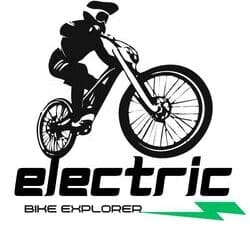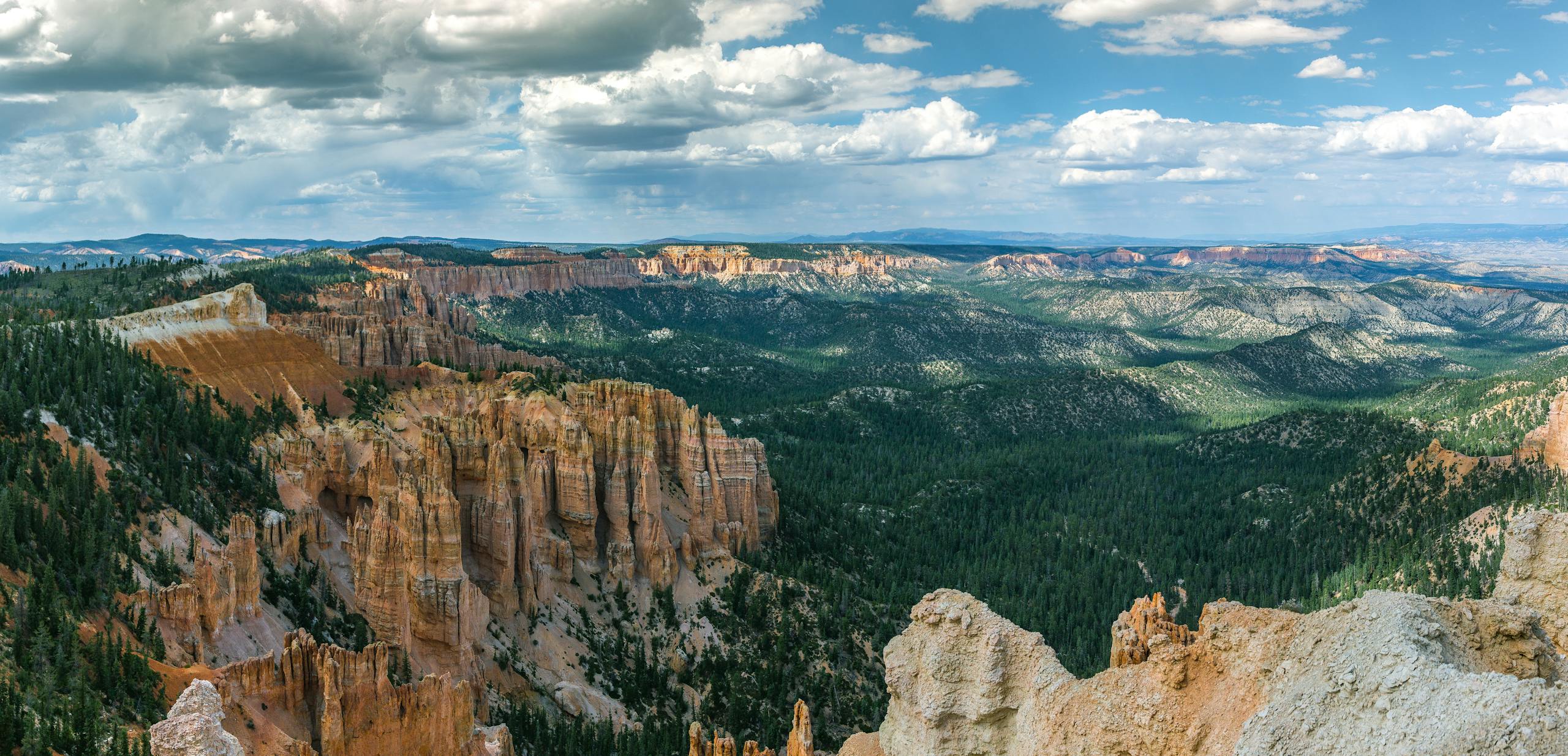Navigating the Controversy: E-Bikes in National Parks
Electric bikes (e-bikes) have garnered significant attention as a promising solution for reducing traffic congestion and promoting eco-friendly transportation in urban settings. Their potential benefits are particularly appealing in car-clogged cities and overcrowded parks. However, the introduction of e-bikes to national parks has sparked a contentious debate among environmentalists, outdoor enthusiasts, and park authorities.
The Push for E-Bike Access
In 2019, the Trump administration’s directive to park superintendents to allow e-bikes on trails where regular bikes were permitted ignited controversy. This decision was met with resistance from conservation groups, who sought a thorough evaluation of the environmental impacts through a lawsuit. Following this legal challenge, the National Park Service decided to make the e-bike mandate optional, and its final analysis, released recently, concluded that e-bikes did not pose significant impacts on the park system.
Rachel Fussell, senior manager of recreation policy for PeopleForBikes, a bicycle advocacy group, suggests that while regulations currently vary, the trend is leaning towards broader e-bike access. “I think it’s trending towards opening up access,” she notes.
The Controversy: Environmental Concerns vs. Accessibility
The crux of the debate centers around the potential effects of e-bikes on national park landscapes, especially in backcountry areas. While e-bikes are praised for reducing car traffic and increasing accessibility for older adults and people with disabilities, there are concerns about their impact on remote and pristine areas of the parks.
Conservationists, such as Kristen Brengel of the National Parks Conservation Association, worry that e-bikes could lead to increased traffic in sensitive backcountry regions. The fear is that these areas, previously challenging to access, might become overrun by e-bike users, potentially disrupting wildlife and the serene nature of these spaces. Brengel also raises concerns about safety, given that e-bikes can travel faster than 20 mph, which could lead to dangerous encounters between bikers, hikers, and wildlife.
On the other hand, e-bike advocates argue that these bikes could democratize access to national parks, making them more enjoyable for those who might otherwise struggle with traditional biking. “It works for everyone,” says Fussell. “What better way to see a national park than on an e-bike?”
Current E-Bike Policies in National Parks
The National Park Service does not maintain a comprehensive public list of e-bike policies, but some parks have clear guidelines. For instance, the Great Smoky Mountains National Park, Denali National Park, and Zion National Park allow e-bikes wherever regular bikes are permitted. Conversely, parks like Arches and Canyonlands restrict e-bike use to certain paths, excluding trails.
Acadia National Park provides an example of nuanced regulation: While all three classes of e-bikes are permitted on paved roads, Class 1 e-bikes are the only type allowed on the park’s historic carriage roads. This policy reflects a growing trend towards differentiated access based on the type of e-bike and the specific park area.
Looking Ahead
The debate over e-bikes in national parks mirrors previous controversies, such as those involving mountain bikes in designated wilderness areas. Despite the current restrictions, as e-bike popularity and rental services expand, ongoing discussions and adjustments to policies are expected.
Conservationists like Brengel will continue to advocate for limits on e-bike use in backcountry areas to safeguard these treasured landscapes. As e-bike technology and regulations evolve, finding a balance between accessibility and preservation will be crucial for maintaining the integrity of national parks.
For park visitors and e-bike enthusiasts, staying informed about current policies and respecting park regulations will ensure a harmonious experience for everyone involved.
Have Thoughts on E-Bikes in National Parks?
We’d love to hear your perspective! Do you think e-bikes are a step forward for accessibility, or are there valid concerns about their impact on our natural spaces? Share your thoughts in the comments below and help us spark a meaningful conversation.
If you found this article informative, don’t forget to share it with fellow outdoor enthusiasts and e-bike advocates on social media. Let’s keep the dialogue going and work towards finding the right balance for our national parks!
RELATED CONTENT
Kristina is not just an enthusiast but a true authority on electric bikes. Nestled in the coastal beauty of Virginia, Kristina has found the perfect backdrop for her passion for electric biking. As a dedicated wife and homeschooling mom, her life revolves around family, faith, and the thrill of adventure.
Originally hailing from Ohio, Kristina's journey with electric bikes began as a curiosity and quickly evolved into a deep expertise. Her blog is a testament to her love for electric biking, combining her fascination for eco-friendly transportation with her coastal lifestyle.
When she's not cruising the beach on her electric bike, you'll find Kristina indulging in her other loves: long walks along the shore, getting lost in a good book, and cherishing moments with her loved ones. With a heart as big as her love for animals, especially cats, Kristina brings a unique perspective to the electric bike world, grounded in her strong faith in God and her dedication to a sustainable lifestyle.
Through her blog, Kristina shares her extensive knowledge of electric bikes, offering valuable insights, tips, and recommendations to fellow enthusiasts. Whether you're a seasoned rider or a newcomer to the electric bike scene, Kristina's blog is your go-to source for all things electric biking, fueled by her passion, expertise, and the scenic beauty of coastal Virginia.

